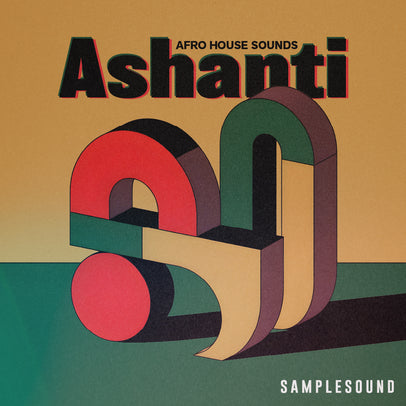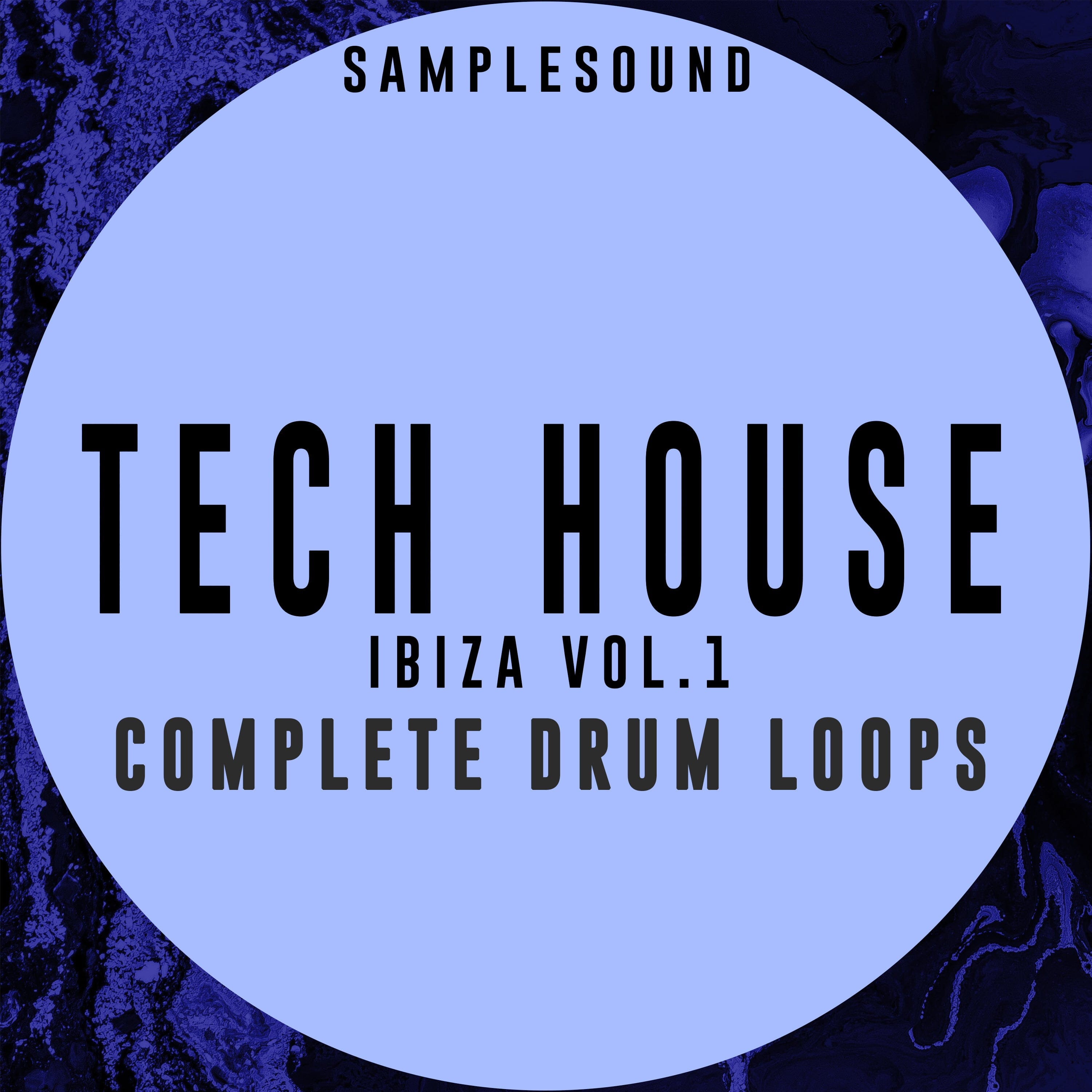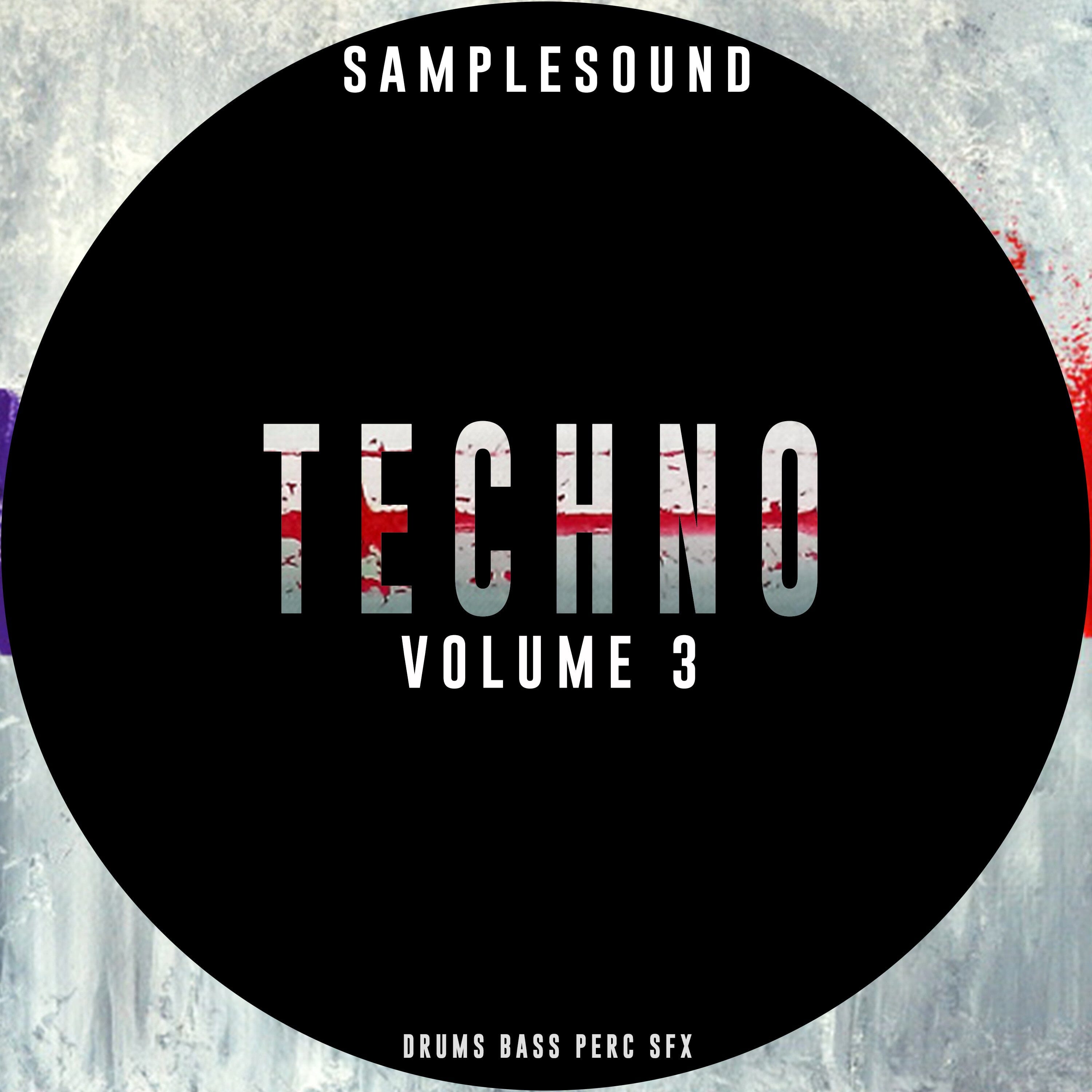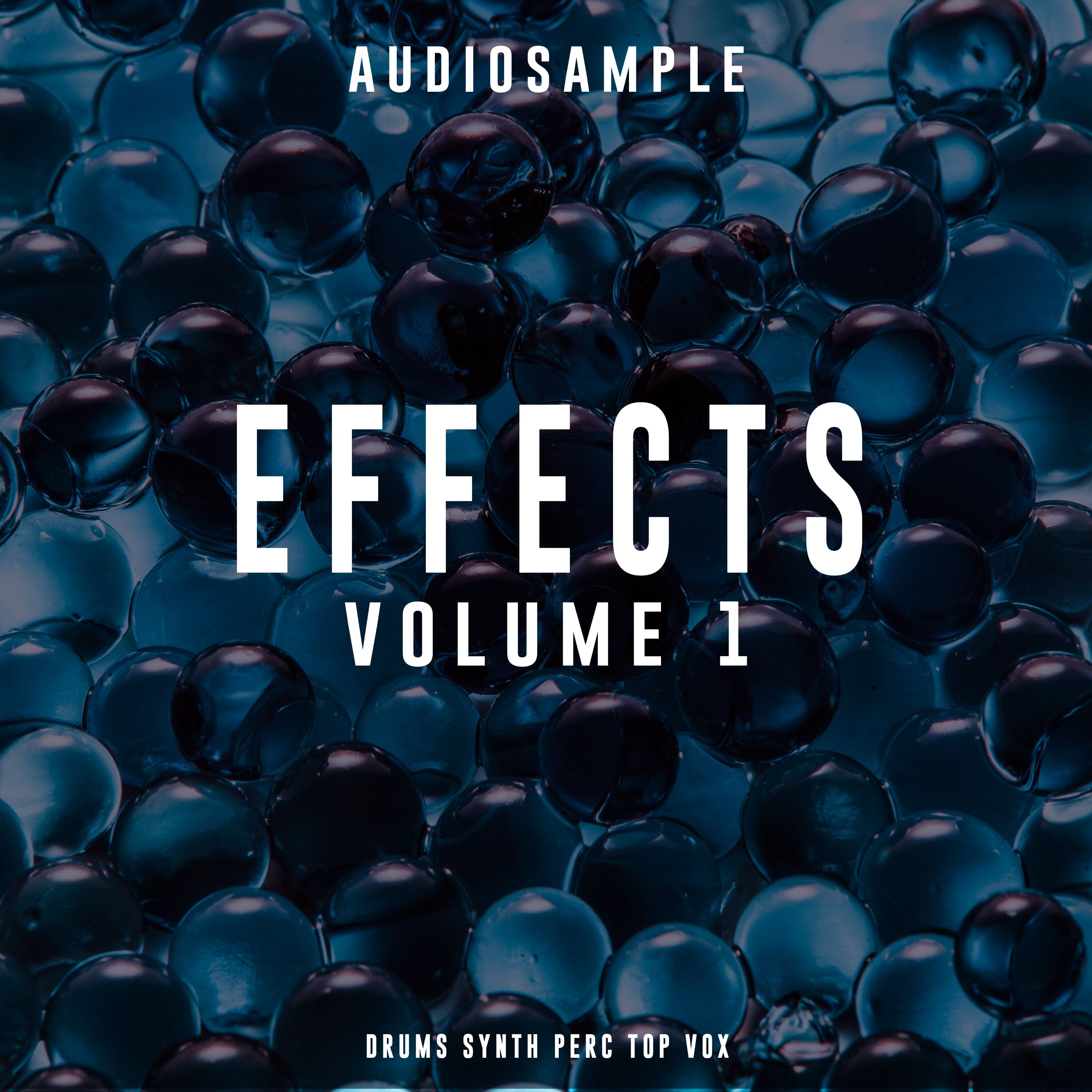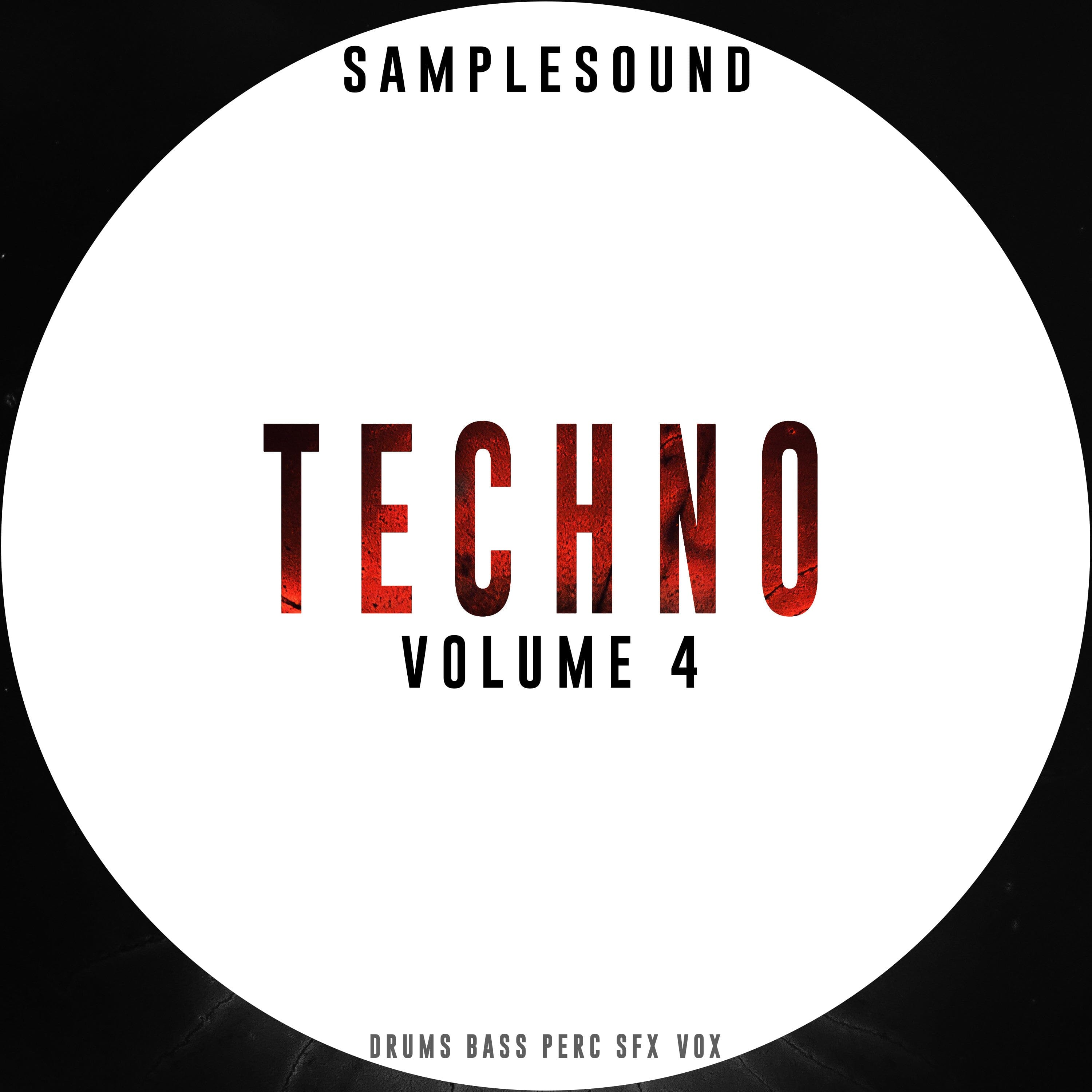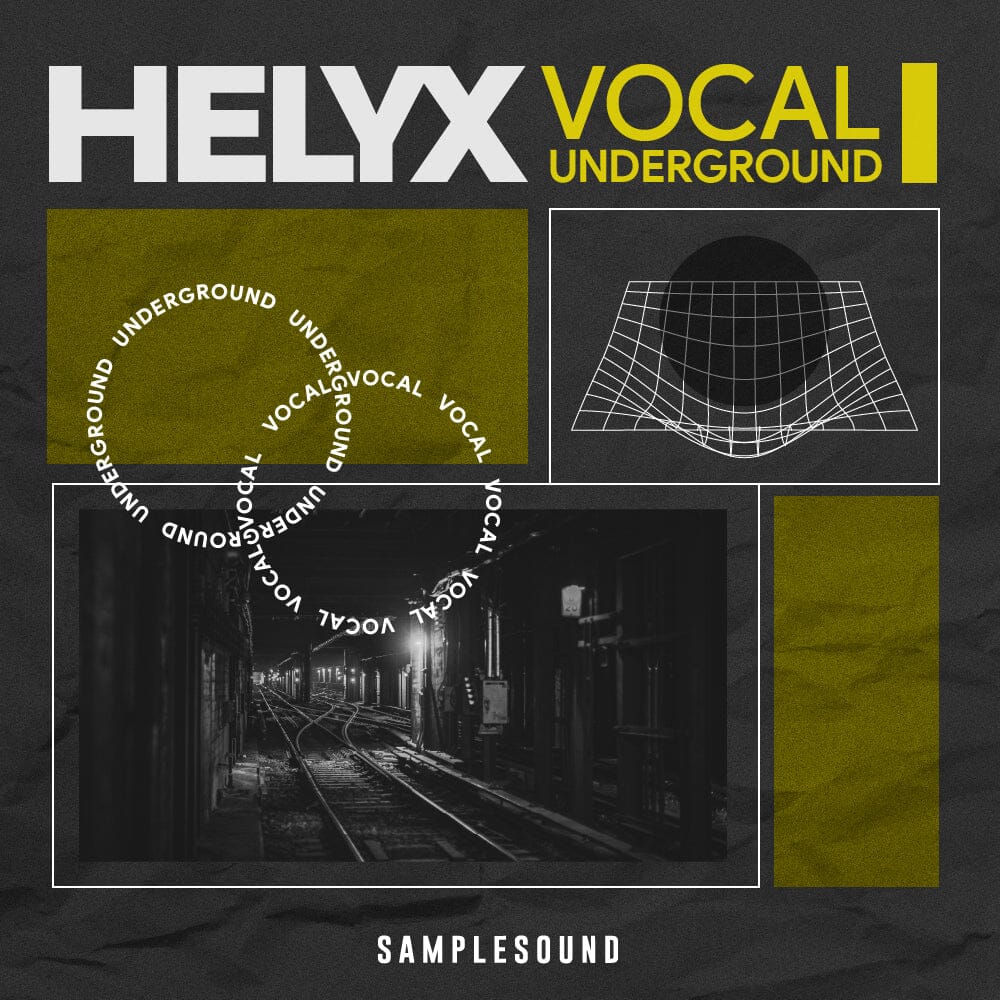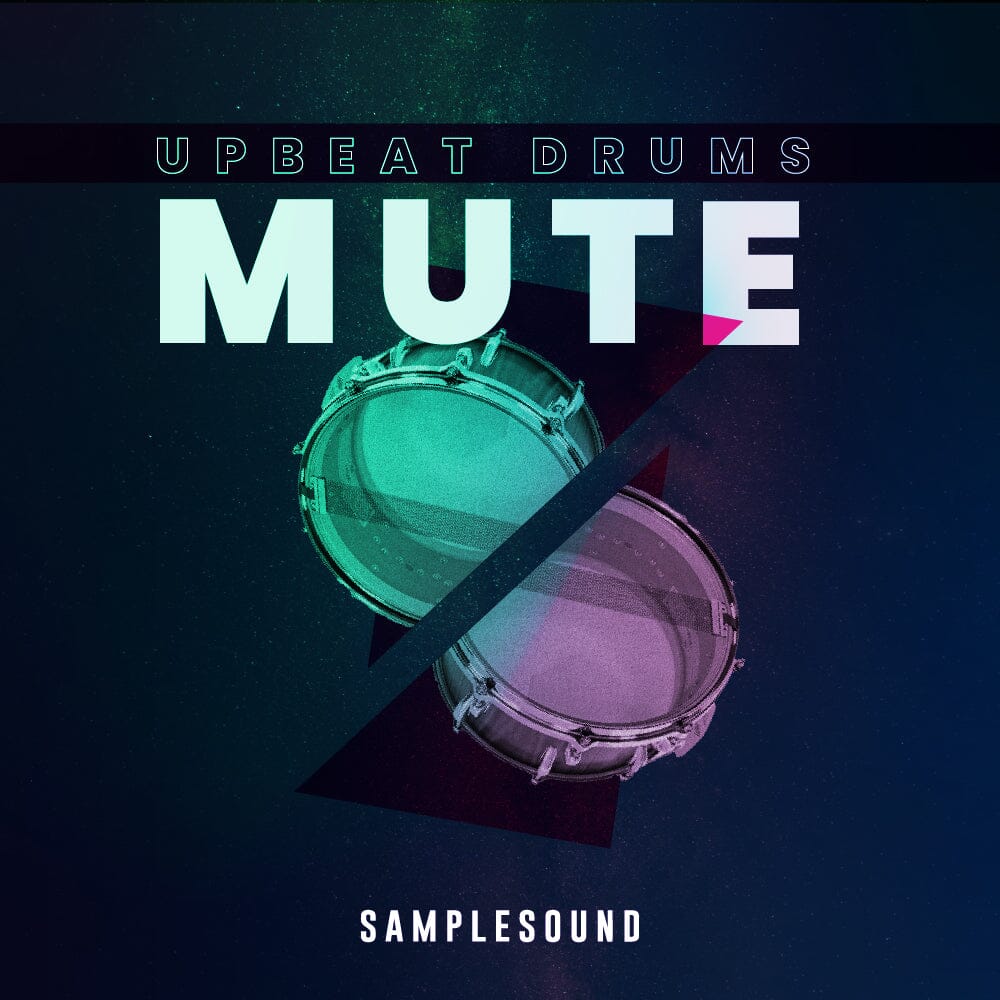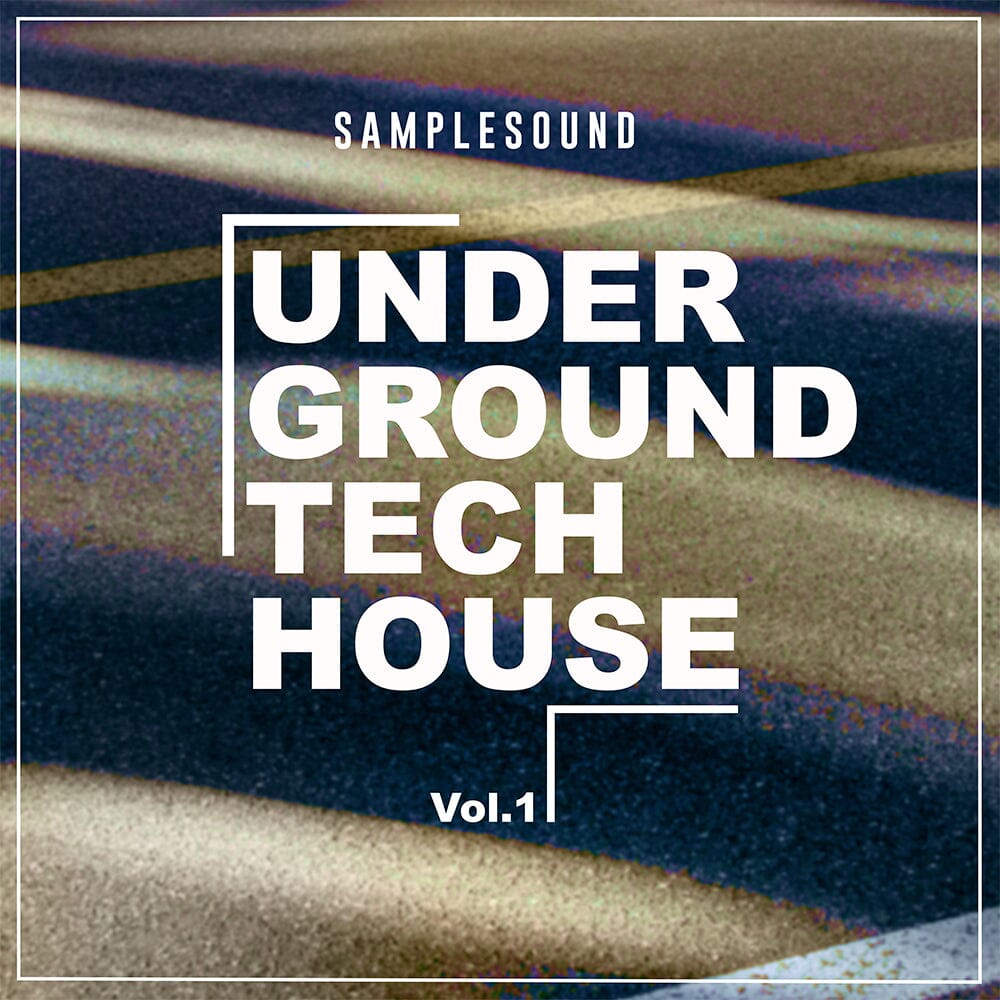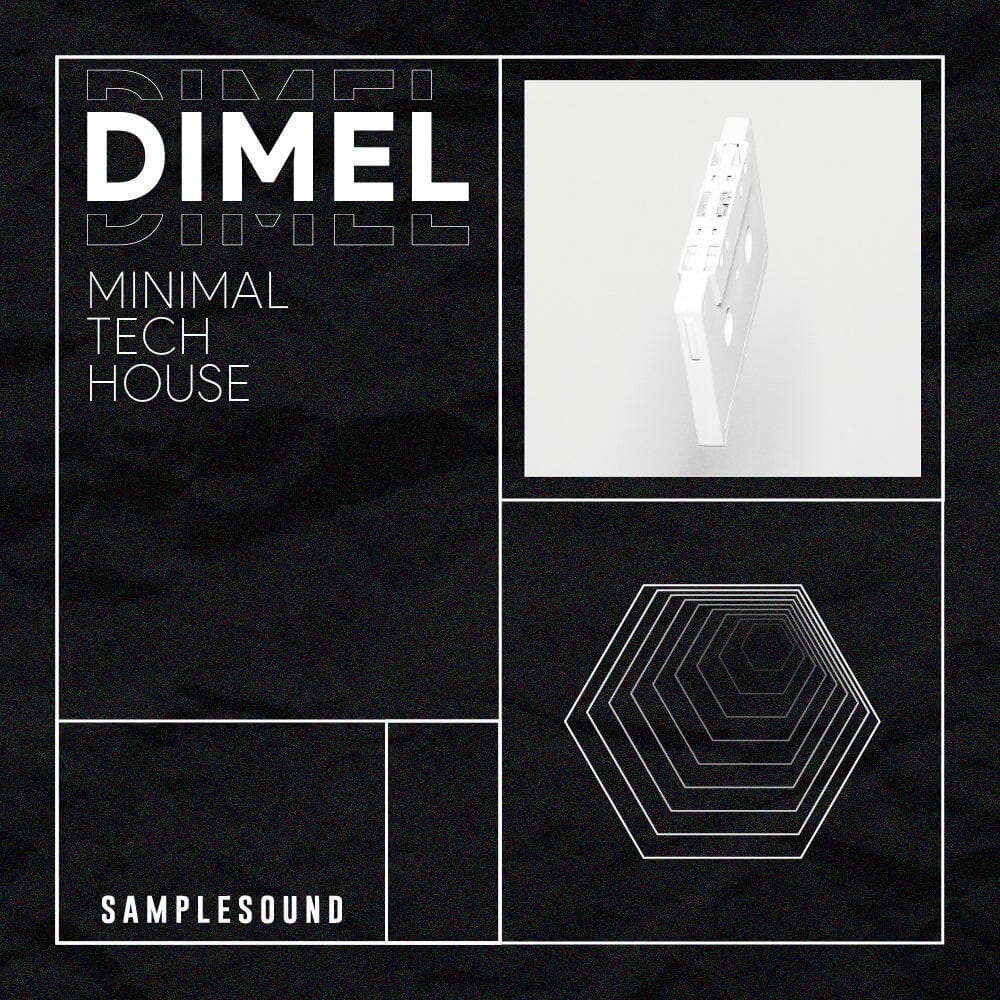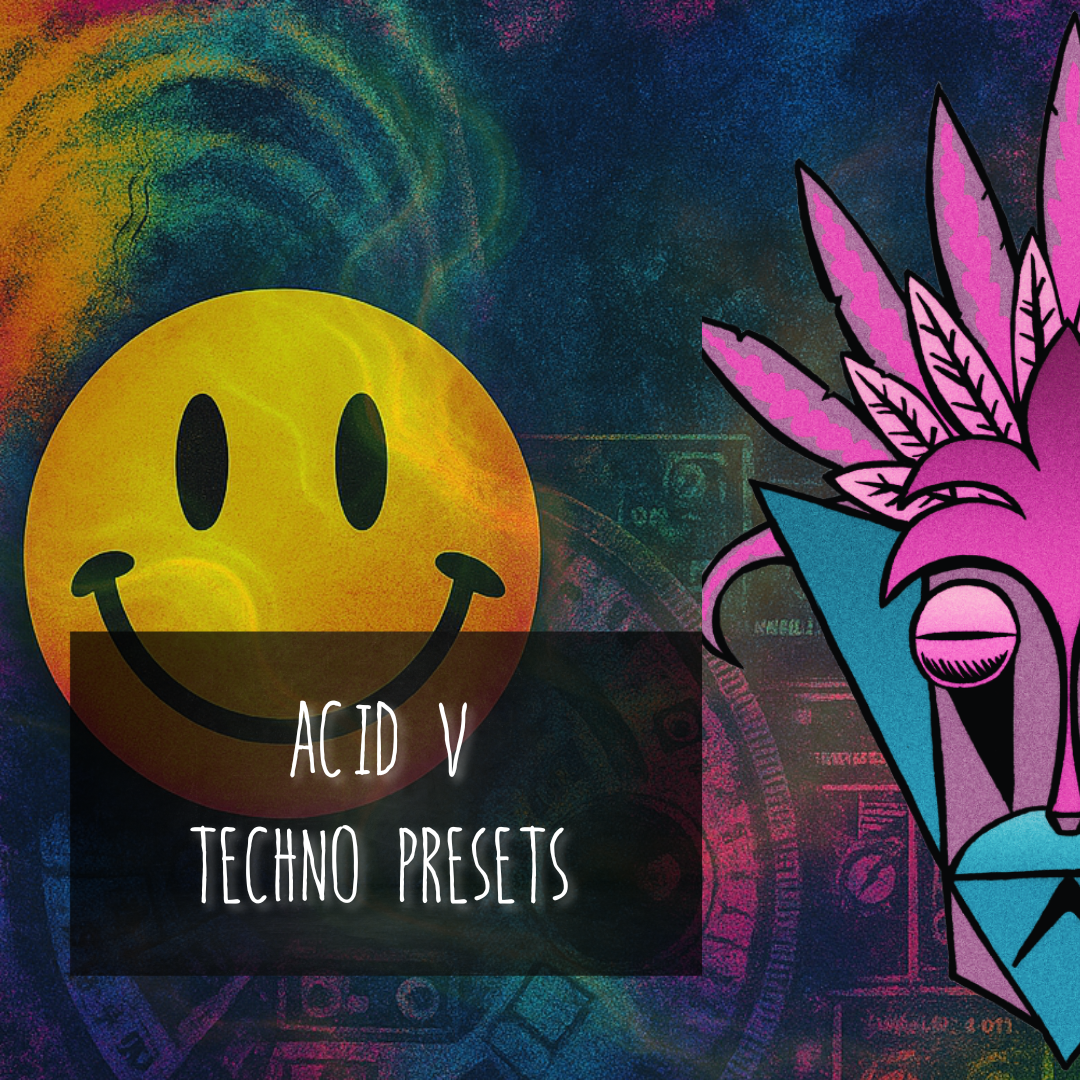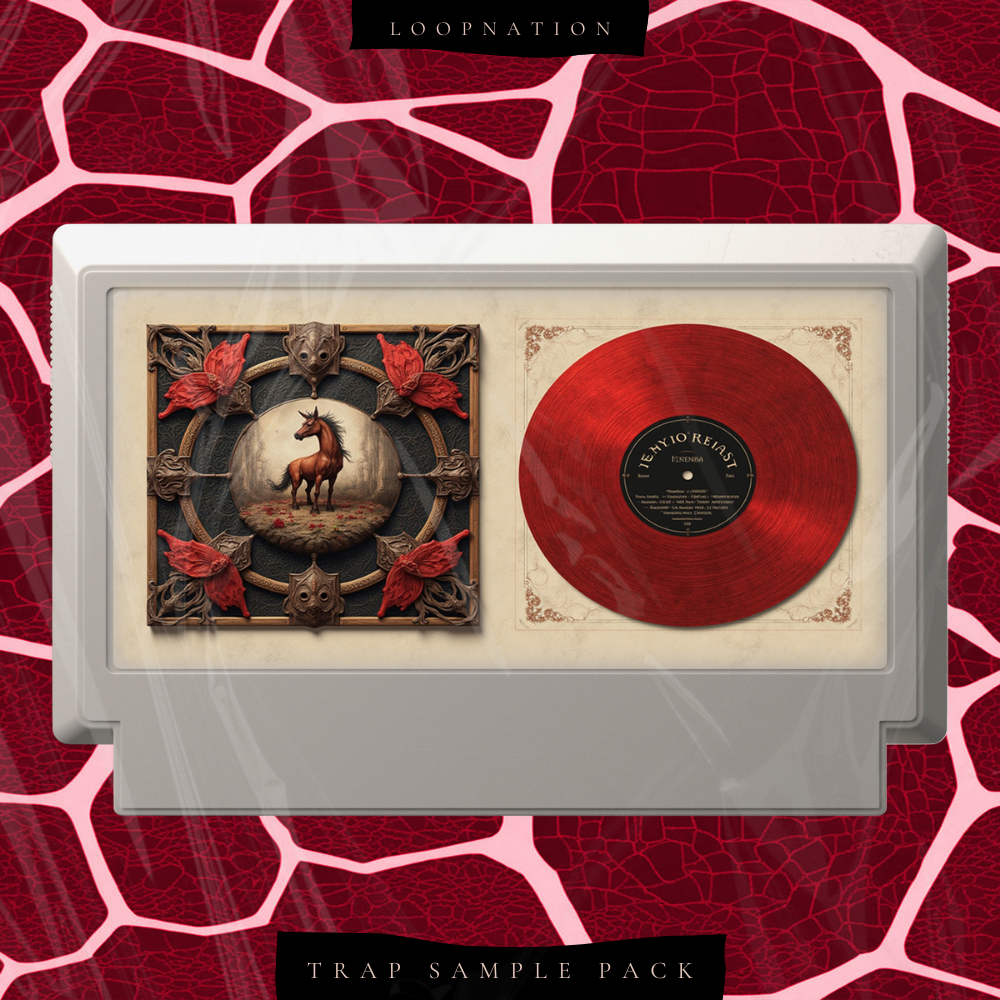Afro House is more than just a genre — it’s a deeply expressive fusion of rhythm, tradition, and electronic groove. Rooted in African musical heritage and powered by the pulse of house music, it has grown from a regional movement into a global force, filling dancefloors from Johannesburg to Ibiza.
Its signature? Organic percussion, hypnotic vocals, melodic simplicity, and a spiritual depth that sets it apart from more mechanical subgenres. Afro House isn’t just something you hear — it’s something you feel.
Whether you're a producer searching for fresh grooves, a DJ expanding your setlist, or just curious about the genre’s roots and structure, this guide will walk you through the key characteristics of Afro House and how to incorporate them into your own productions.

The Roots of Afro House
Cultural Origins
Afro House was born from a blend of two powerful musical traditions: the soulful depth of African music and the structure of electronic house music. Its earliest forms appeared in the early 2000s, especially in South Africa, where house music had already become a mainstream phenomenon.
Unlike other house subgenres focused purely on groove or sound design, Afro House draws heavily from traditional African rhythms, storytelling, and spiritual elements. Percussion is at the heart of the music — not just as rhythm, but as narrative. Each drum hit, shaker pattern, or vocal phrase carries emotional and cultural weight.
Traditional instruments such as congas, djembes, kalimbas, and talking drums often find their way into modern productions, creating a dialogue between past and present. The genre is rooted in community, ritual, and a connection to the earth — even when produced with digital tools.
Global Rise
While Afro House found its voice in Africa, it didn’t stay there for long. As DJs and producers from around the world began incorporating Afro-inspired grooves into their sets, the genre gained traction on the international club circuit.
-
Black Coffee helped define a polished, emotive version of Afro House that resonated far beyond South Africa, performing on some of the world’s biggest stages.
-
European collectives like Keinemusik introduced Afro grooves into more minimal, melodic frameworks, blending tribal rhythms with Berlin-style aesthetics.
-
Labels such as MoBlack, Innervisions, and Rise supported the spread of Afro House by releasing tracks that respected its roots while pushing it into new sonic territories.
In the past decade, Afro House has become a staple in sunset sessions, beach festivals, and after-hours clubs alike — always bringing warmth, groove, and emotion to the dancefloor.
Core Rhythmic Characteristics
If there’s one element that defines Afro House, it’s rhythm — deep, layered, and infectious. While traditional house often focuses on a straight 4/4 kick and minimal groove, Afro House builds complex percussive landscapes that breathe life into every beat.
Percussion at the Center
Afro House percussion is not just decorative — it’s foundational. The rhythm section typically consists of multiple layers of hand drums and percussive textures, including:
-
Shakers & Shekeres – Provide the continuous motion and groove
-
Congas, Bongos & Djembes – Add warmth, syncopation, and cultural texture
-
Claves & Sticks – Sharp, dry hits for rhythmic punctuation
-
Wood blocks & Metallic hits – Create percussive contrast and flavor
Producers often layer and pan these elements across the stereo field, creating a lively and immersive groove. Unlike in tech house or minimal, percussion here moves, swings, and talks.
At Samplesound, many Afro House sample packs include loop folders with individual stems (shaker, low conga, high bongo, etc.) — giving producers total control over the groove.
Syncopation and Drive
Another defining feature is syncopation — the art of placing accents off the expected beat, creating rhythmic tension and release.
-
Hi-hats and claves are often placed slightly ahead or behind the grid, creating a push-and-pull groove.
-
Triplet rhythms, dotted note patterns, and swing quantization are frequently used to humanize drum parts.
-
Some producers even use polyrhythms (multiple rhythmic patterns playing at once) for a more traditional African feel.
This rhythmic flexibility gives Afro House a unique flow: steady enough for club play, but fluid enough to feel organic.
To produce this kind of groove, it’s not just about what you program — it’s how you shift it. Small timing tweaks, velocity variation, and layering percussive loops from sample packs can take your rhythm from robotic to ritualistic.
Sound Design & Instrumentation
Afro House thrives on a careful balance between organic instruments and modern electronic production. It’s a genre where traditional timbres meet cutting-edge sound design.
Organic Instruments & Melodic Elements
What sets Afro House apart from other club genres is its use of real-world instruments that add warmth, depth, and authenticity. Common elements include:
-
Marimbas & Kalimbas: Their warm, percussive tones bring a natural groove to melodies.
-
Acoustic Guitars: Often layered with reverb and delay to create dreamy, atmospheric textures.
-
Flutes, Strings, and Horns: Used subtly to add emotional layers without overwhelming the groove.
Pads and ambient elements are typically soft, airy, and harmonic, serving as a background bed rather than taking center stage. The goal is to support the percussion and vocal elements, not compete with them.
Vocal Sampling and Processing
Vocals are a powerful part of Afro House, often borrowed from African chants, spoken word, or tribal calls. These vocals are not just lyrics; they’re treated as percussive or melodic instruments.
Common techniques include:
-
Chopping and layering vocal samples to create call-and-response effects.
-
Reverb and Delay Tails for creating a spacious, ceremonial feel.
-
Pitch-Shifting or Formant Modulation to create otherworldly textures.
A crucial aspect here is cultural sensitivity — always credit and respect the origins of the vocal material, especially when working with traditional recordings.
Basslines and Synths
The bassline in Afro House is deep, warm, and rounded, often less aggressive than in tech or deep house. It plays a supportive role, following the groove rather than dominating it.
-
Sub Basses: Clean sine waves with light saturation.
-
Analog-Style Leads: Synths with subtle modulation, used sparingly for emotional impact.
-
Minimal Melodic Phrasing: The focus is always on groove over complexity. Short, repeating motifs are common.
Arrangement and Structure
Afro House arrangements often feel more like a journey than a rigid structure. While they follow the basic 4/4 club format, the way energy flows across the track is unique: it's smooth, evolving, and deeply groove-oriented.
DJ-Friendly Intros and Outros
Afro House tracks typically begin and end with long, percussive passages. These intros and outros are essential for DJs, allowing them to blend tracks organically without abrupt transitions.
-
Intros: Often include layered percussion, ambient FX, and filtered pads that gradually evolve.
-
Outros: Return to the groove, sometimes stripped back even more than the intro to allow clean mixing out.
Groove-Driven Progression
Unlike peak-time techno or melodic house, Afro House rarely uses dramatic breakdowns or drop-heavy structures. Instead, the genre relies on gradual layering and subtle modulation.
A common layout looks like this:
-
Intro Groove (16–32 bars)
-
Main Percussion Groove
-
Entry of Vocals or Melodic Elements
-
Break Section (optional pad swell or FX pause)
-
Return to Full Groove
-
Outro Percussion Loop
The emotional peak of the track often comes not from a drop, but from the synergy of rhythm, voice, and harmony working together.
Automation and Transitions
Energy shifts in Afro House come from:
-
Filter automation (LPF on pads, HPF on drums)
-
Gradual reverb/delay send builds
-
Percussion dropouts or fill transitions
These techniques keep the track alive and evolving without relying on aggressive changes.
🎶 Looking for authentic percussion, melodic loops, and vocals that capture the Afro House spirit?
👉 Explore our Afro House Sample Pack Collection — designed for producers who want to build grooves with depth, soul, and global rhythm.
Production Tools for Afro House
While the Afro House sound is rooted in organic feel and rhythm, the right tools make a huge difference in translating that vibe into a polished club-ready track.
DAWs & Workflow
Most DAWs are suitable for Afro House, but loop-based and flexible environments tend to work best:
-
Ableton Live – Ideal for layering percussion loops and live groove building. Its session view is perfect for sketching evolving arrangements.
-
FL Studio – Great for programming polyrhythms and melodic phrasing quickly.
-
Logic Pro – Excellent built-in sound libraries and MIDI features for vocal and instrumental arrangement.
Workflow Tip: Build your groove first — then layer melodies and vocals around the rhythm, not the other way around.
Plugins and Instruments That Shine in Afro House
Some VSTs and FX are especially powerful for crafting Afro House textures:
-
Valhalla VintageVerb / FabFilter Pro-R – For lush ambient space
-
Soundtoys EchoBoy – To add rhythmic delay to vocals or leads
-
PanShaper / ShaperBox – For subtle groove movement and stereo play
-
u-he Diva or Arturia Analog Lab – Analog-style synths for warm leads and pads
-
Decapitator / Saturn 2 – To add gentle saturation and warmth to drums or bass
And of course — sample selection is everything. Authentic percussion, tuned loops, and vocal chops define the Afro House sound more than any plugin.
🎧 Want instant access to premium Afro House sounds?
👉 Browse the Afro House Sample Pack Collection and find drums, loops, and melodic elements tailored for modern Afro House productions.
Afro House Is a Feeling
Afro House isn’t just a genre — it’s an emotional language built through rhythm, space, and soul. Whether you’re crafting a sunrise beach set or a late-night dancefloor groove, the key is connection: to the roots, to the rhythm, and to the dancer.
By understanding its cultural depth and mastering its production techniques, you’re not just making tracks — you’re telling stories through sound.
So build your groove, let the rhythm breathe, and bring your Afro House ideas to life.

